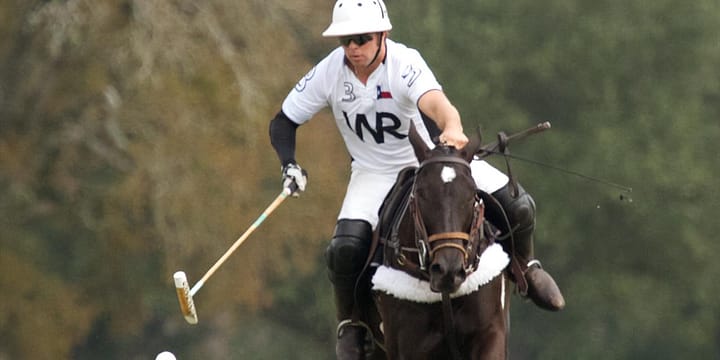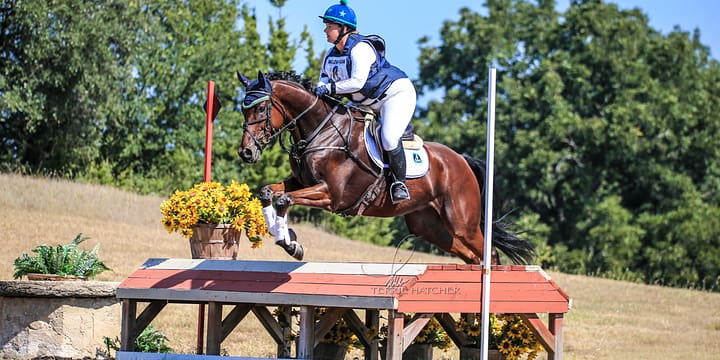Lower hock joint arthritis – What you need to know
Introduction: The hock, medically known as tarsus, is a common location for pain and lameness in the back legs of the horse. The lower hock joints (distal intertarsal (DIT) and tarsometatarsal (TMT) joints) are the most common source of lameness, with symptoms derived from arthritis (osteoarthritis (OA), degenerative joint disease (DJD)). Conformation and accumulation of repetitive forces play a role in disease development. Horses with lower hock pain can often be managed medically, but in select cases further intervention is necessary. Ankylosis, or joint fusion, of the lower joints can develop over time following significant cartilage damage, which permits bone to heal together. It is also not uncommon to find a single joint out of the lower joints totally or partially fused while the other is look normal on radiographs.…


